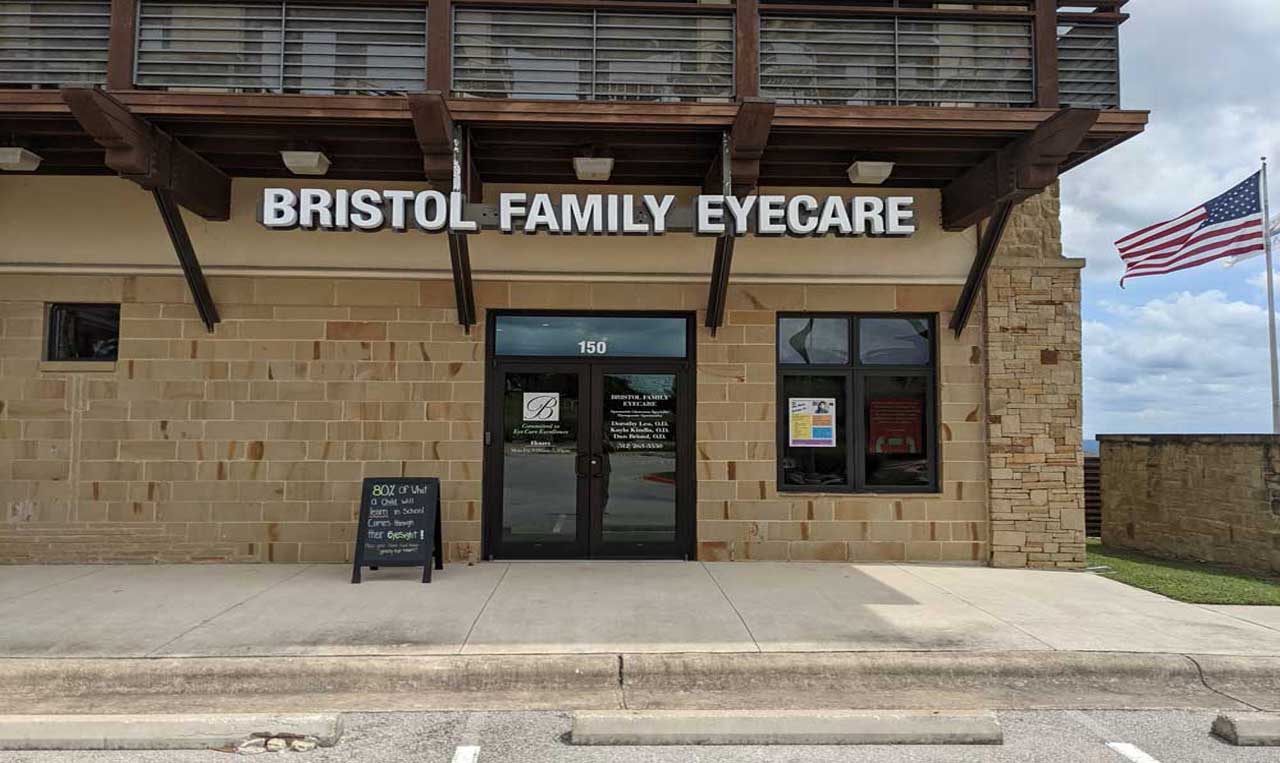Blepharitis Doctor
in Austin, TX

At Bristol Family Eyecare, our blepharitis doctors will quickly diagnose your case and get you the relief you need. With a variety of solutions on hand, we’ll be able to tailor a treatment plan just for you and put you on a path back to comfortable eyes.
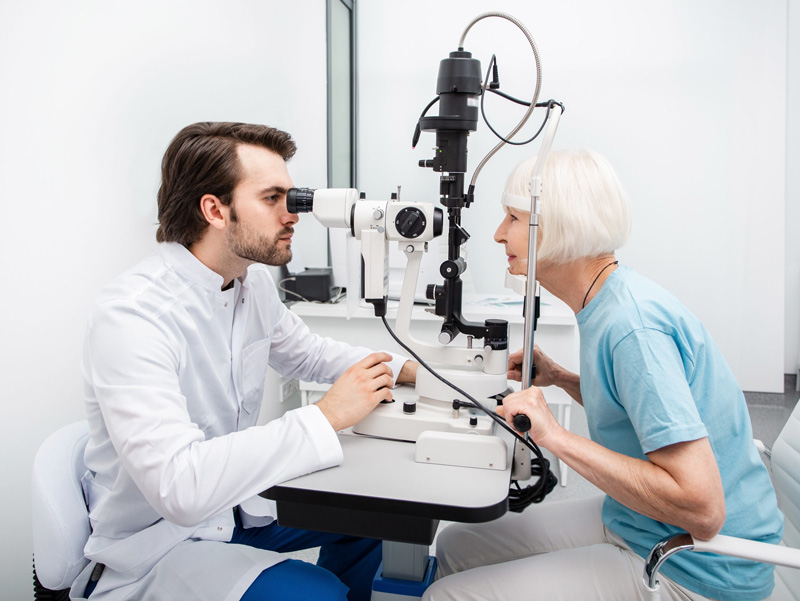
Our Austin Blepharitis Specialists
At Bristol Family Eyecare, our eye doctors are all experienced in recognizing the signs of blepharitis and finding the right treatment for each unique case. We believe in building relationships that inform our care, taking the time to learn about you and your eyes and how we can best serve you.
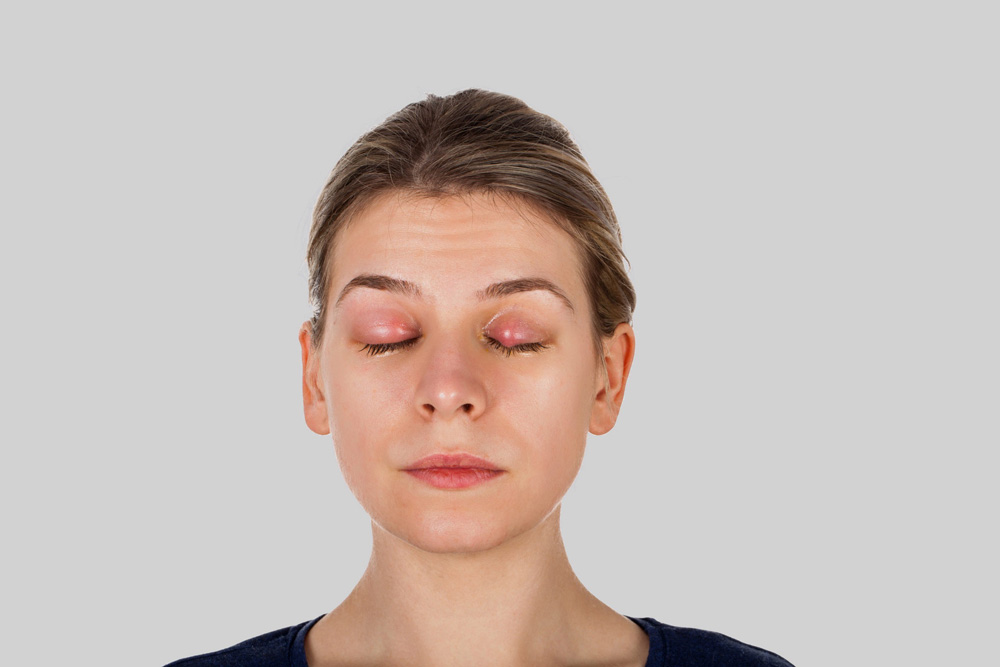
What is Blepharitis?
Blepharitis is an inflammation of the eyelids, and one of many contributors to other conditions like tear gland dysfunction and dry eye disease. It may be uncomfortable and painful and can occur on the outer edges of the eyelids, especially near the eyelashes, or within the eyelids, rubbing against the eye itself.
There are several different types of blepharitis:
- Seborrheic blepharitis is when the sebaceous glands within hair follicles secrete too much oil. This causes flaky buildup around the eyes and enables bacterial growth.
- Infectious blepharitis is caused by a bacterial infection that’s reached the eyelid area, such as a staphylococcus (staph) infection.
- Contact dermatitis blepharitis occurs when the skin around the eyelid is inflamed by an irritant that causes a topical allergic reaction.

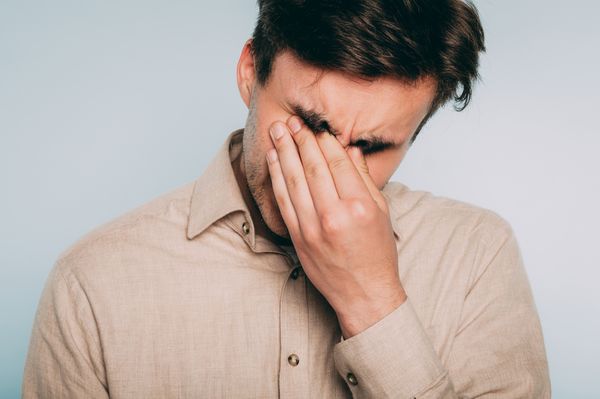

Blepharitis Symptoms
Blepharitis is often identified by redness and swelling around the eyes, crusty flakes on and around the eyelids, as well as dryness and general inflammation. Other symptoms include:
- Itchy or gritty-feeling eyes
- Watery eyes
- Sticky eyelids
- Light sensitivity
Blepharitis tends to develop gradually. It’s best to see an eye doctor when you first begin to experience these unpleasant symptoms, before they impact your ability to see clearly and comfortably.

Blepharitis Symptoms
Blepharitis is often identified by redness and swelling around the eyes, crusty flakes on and around the eyelids, as well as dryness and general inflammation. Other symptoms include:
- Itchy or gritty-feeling eyes
- Watery eyes
- Sticky eyelids
- Light sensitivity
Blepharitis tends to develop gradually. It’s best to see an eye doctor when you first begin to experience these unpleasant symptoms, before they impact your ability to see clearly and comfortably.

Blepharitis Causes & Risk Factors
Some of the most common causes of blepharitis include:
- Allergies
- Seborrheic dermatitis
- Poor eyelid hygiene
- Acne and rosacea
- Infection
- Clogged oil glands in your eyelids
- Demodex mite infestation on the eyelids
- Dry eye disease
Blepharitis is often an indicator of another condition, such as seborrheic dermatitis or dry eye disease — another reason to see an eye doctor about this condition as early as possible!

Diagnosing Blepharitis
Treatment for blepharitis depends on the underlying causes. At Bristol Family Eyecare, we start by getting to know more about your environment, lifestyle, history of eye conditions, and eye hygiene habits.
We’ll conduct a full eye exam to evaluate your eyes, eyelids, eyelashes, skin, lashes, and oil-producing glands on and near the eyelids. This also enables us to see whether the blepharitis is indicative of a further problem, such as dry eye disease, that would require additional treatment.
Diagnosing Blepharitis
Treatment for blepharitis depends on the underlying causes. At Bristol Family Eyecare, we start by getting to know more about your environment, lifestyle, history of eye conditions, and eye hygiene habits.
We’ll conduct a full eye exam to evaluate your eyes, eyelids, eyelashes, skin, lashes, and oil-producing glands on and near the eyelids. This also enables us to see whether the blepharitis is indicative of a further problem, such as dry eye disease, that would require additional treatment.
Treating & Managing Blepharitis
We treat each case of blepharitis individually, taking note of how far along your blepharitis is and how exactly it’s impacting you. Often, the best treatment will include a multi-pronged approach, involving several of the following solutions:
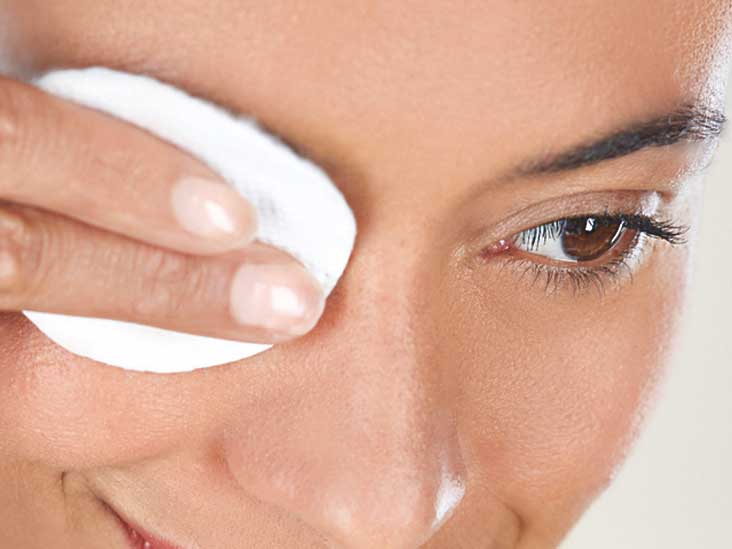
Detergent Scrubs & Eyelid Cleansers
Because irritants and bacteria are major contributors to blepharitis, it’s important to have a cleaning component as part of your treatment. There are specialized eyelid detergent scrubs and cleansers that clear away eyelid mites, skin flakes, allergens, infectants, and other debris while soothing your eyelids. We recommend cleansers containing tea tree oil as well as Ocusoft® HypoChlor®, a solution that acts quickly on debris and microorganisms in the affected areas.

Vitamin Supplements
We often recommend a supplement called EZ Tears™ from EyePromise® to help prevent your eyes from drying out. They’re packed with Omega-3s, green tea leaf, curcumin, and essential vitamins that promote tear production and eye surface health. As part of a doctor-recommended regimen, the improved tear production from supplements can help alleviate your blepharitis.
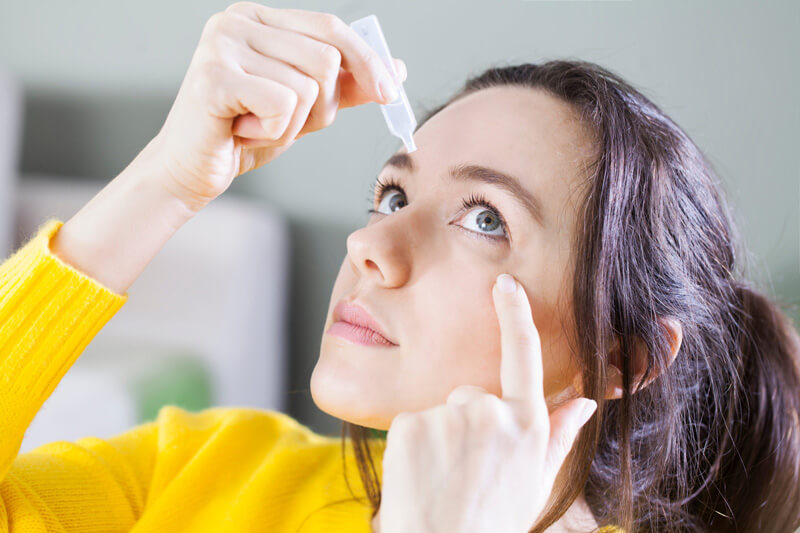
Eye Drops
Blepharitis can dry out your eyes, causing discomfort, pain, and potentially even a case of dry eye disease that requires more treatment. However, a simple solution that we often recommend is Oasis TEARS® PF, an eye drop that will help restore moisture in your eyes, help relieve the inflammation and discomfort caused by blepharitis.
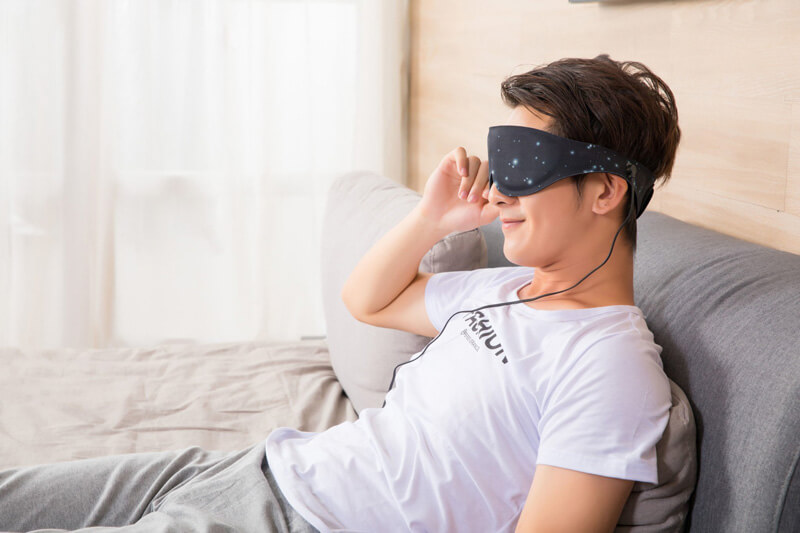
Heated Eye Masks
A heated eye mask can benefit blepharitis patients by bringing relief, reducing swelling, and promoting healing to the area around your eyes. The warmth can also melt clogged oils in your eyelids and help restore their flow, thereby bringing your tear content back to a healthy mix of water, mucus, and oil. This will help bring quality moisture back to your eyes.
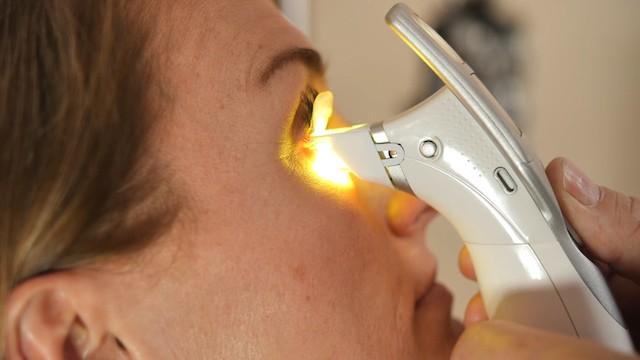
The iLux®
An in-office treatment we can use on patients with clogged oil glands is the iLux® machine. It uses light-based heat to target clogged meibomian glands that may be contributing to your blepharitis. After solidified oils have been heated and softened, the iLux® device restores normal motion and helps get oil flowing normally again. Repeated iLux® treatments are highly beneficial, especially for patients who also suffer from dry eye or gland dysfunction.
Detergent Scrubs & Eyelid Cleansers

Because irritants and bacteria are major contributors to blepharitis, it’s important to have a cleaning component as part of your treatment. There are specialized eyelid detergent scrubs and cleansers that clear away eyelid mites, skin flakes, allergens, infectants, and other debris while soothing your eyelids. We recommend cleansers containing tea tree oil as well as Ocusoft® HypoChlor®, a solution that acts quickly on debris and microorganisms in the affected areas.
Vitamin Supplements

Eye Drops

Heated Eye Masks

The iLux®


Blepharitis Specialists at
Bristol Family Eyecare
We understand how frustrating blepharitis can be, and that’s why our knowledgeable and compassionate blepharitis doctors work diligently to quickly diagnose your case and bring you the relief you need, with everything from in-office treatments and eye hygiene products you can use at home. They’ll create a comfortable, customized treatment plan just for you.
To learn more about what we can do for your blepharitis, schedule an appointment at Bristol Family Eyecare today!



